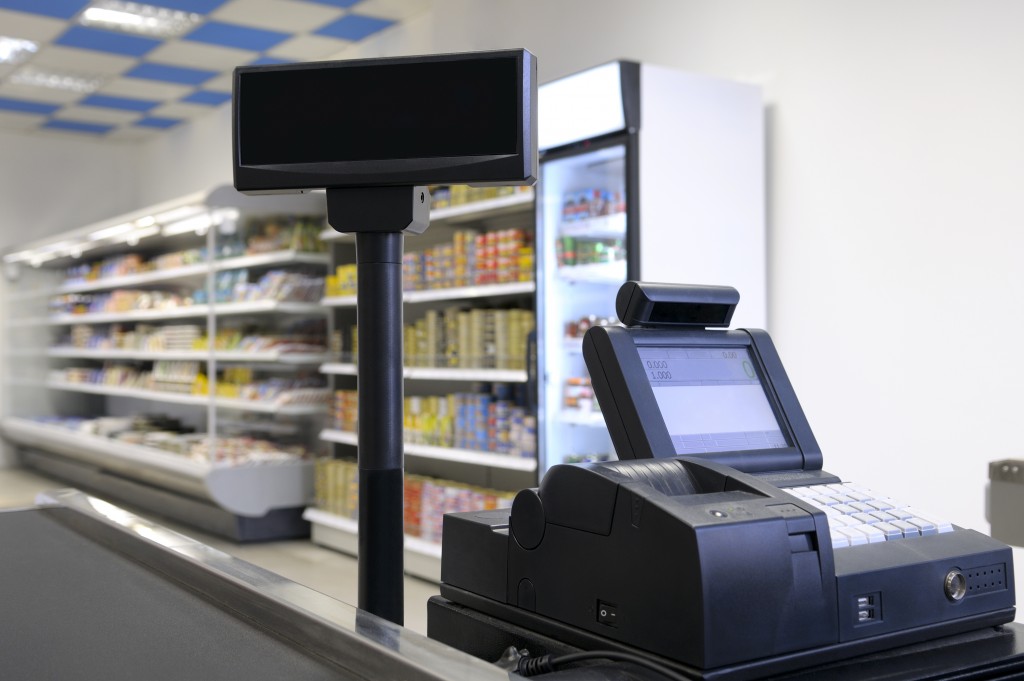We’ve all heard the horror stories of companies who have worked tirelessly to create a business or product, only for their work to be copied by others. We’ve all seen the headlines in which big companies are slapped with huge lawsuits after losing millions of dollars and may even know of some people who decided not to bother innovating because they are afraid of having their ideas stolen.
However, with so many unsuccessful lawsuits being brought up against companies, the situation looks far worse than it is. There are several ways businesses can protect themselves from being copied, which you have probably never even considered! The good news is that if you do find your business or product being copied, there are legal methods of stopping them. Read on to discover ways to help protect your business from the harsh reality of being copied.
Protect Your Work with a Patent
A patent is a legal document that proves the rights of someone over their intellectual property. It stops other people from making, using, or selling your product or idea unless they have permission from you. To be granted a patent, your idea needs to be new and inventive. This can include anything from ideas for business products, designs, and even some types of inventions.
You need to apply for this type of protection as soon as possible so that no one else can register it before you do and gain the rights themselves. If anyone tries to register an identical patent after yours, but without knowing about your prior application, you could find them in breach of your patent — meaning you can sue them! You also have ten years from initially applying for your patent to decide whether you want to take legal action, so do not worry about rushing into it.
Data Protection
Another way to protect your business from being copied is by having adequate data protection. This means preventing others from accessing your data or using it. There are a couple of different ways that you can do this:
- Use legally binding non-disclosure agreements (NDA’s)
- Ensure no one can access all the documents and information you share with other people without some legal privilege.
This will mean that if someone does access your confidential information, they would be breaking the law and could face repercussions for doing so. If any competitors decide to try to copy you after gaining information from their employees, they will not only fail but could put themselves in danger too! Although this method can sound like an easy fix, it does not always give you the full protection that you need.
Another way to protect your data is by ransomware protection. Ransomware is potentially dangerous and often blocks access to a victim’s computer system or data. Cyber-criminals also use it to threaten to publish the victim’s data unless a ransom is paid.
Cyber-criminals use attack methods to try to deceive you, including phishing and social engineering. Knowing how to protect yourself can be the difference between a malicious infection and a smooth-running enterprise. While you can’t predict or prevent a cyberattack, you can easily ensure that all of your organization’s security measures are comprehensive and up-to-date.

Trademark Your Design
You cannot register an idea for a design unless you have created something tangible that has been made visible in some way, usually by making a sample of the item itself. It does not matter how simple the design is; its function doesn’t need to be practical! There is very little limit on what designs may qualify for protection so long as it is new, original, and ornamental.
A design can be registered to protect it from being copied by anyone else who may try to recreate the same design within seven years of you applying for protection. If someone has already begun work on a different design that would look similar to yours before you have applied for protection. Still, after your idea comes into existence, you can take legal action against them ⏤ as long as what they are planning looks like it could confuse the marketplace.
Make Use of Licensing Agreements
This is where two parties agree that one will sell an item to customers under the other party’s name, who will make the product. This is a great way for designers to get their products on the market without arranging manufacturing and distribution themselves. In some cases, this can even guarantee that more people will see or hear about your product, as there are likely to be more buyers involved in a licensing agreement than you could reach on your own!
Keep a Look Out for Trademark Infringements
If you find yourself facing the reality of someone trying to profit off your business by copying it or its branding, one effective method that might work is taking them to court over trademark infringement (or passing off).
It’s important to realize that if they infringe on your trademarks because they think no one else will notice, it can be difficult to prove they have been doing so. It may even be the case that if your brand is not well-known enough, then you will not be able to shut them down with this method, but it’s still worth a try!
The methods included in this blog will help you and your business protect yourself and your data from being copied. Data protection is important as it prevents malicious users from accessing your information and obtaining any advantage over you. Whether you choose to use legally binding non-disclosure agreements (NDAs) or ransomware protection, these methods aim to ensure that nobody can access confidential information or use what they learn against you.

